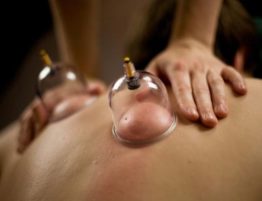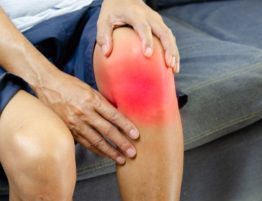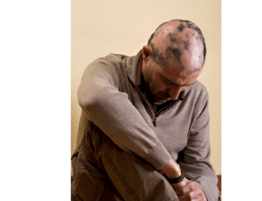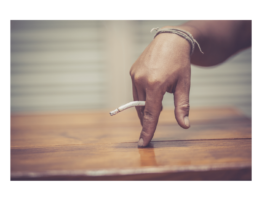
Diabetes is a chronic condition that affects millions of people around the world. It occurs when the body is unable to produce enough insulin or when the body is unable to use the insulin it produces effectively. This leads to high blood sugar levels, which can cause damage to various organs and systems in the body. While there are many conventional treatment options available, some people may also choose to explore alternative therapies such as Hijama.
Hijama, also known as wet cupping, is a traditional Islamic therapy that has been used for centuries to treat a variety of ailments. It involves making small incisions on the skin and using cups to create suction on the skin. This suction helps to increase blood flow to the area and can help to remove toxins and impurities from the body.
In the case of diabetes, Hijama can be used to help improve insulin sensitivity and regulate blood sugar levels. The increased blood flow to the area can also help to improve the function of the pancreas, which is responsible for producing insulin.
The most common area to perform Hijama for diabetes is the back, specifically the area between the shoulder blades. This area is known as the “al-rafiq” in Arabic and is believed to be closely connected to the pancreas and liver. During the treatment, small incisions are made on the skin and cups are placed on top of the incisions to create suction. The cups are left in place for about 10-15 minutes before being removed.
It is important to note that Hijama should not be used as a sole treatment for diabetes and always should be done under the supervision of a certified Hijama practitioner or licensed healthcare provider. Hijama should also be combined with other treatments such as proper diet, exercise, and medication as prescribed by your doctor.
Hijama therapy may be a good alternative treatment option for those who want to explore a more natural approach to managing their diabetes. However, it is important to consult with your healthcare provider before trying any new treatment options.
In conclusion, Hijama therapy has the potential to be a complementary treatment for diabetes when done under the guidance of a professional practitioner. It is important to always consult with your healthcare provider before trying any new treatment options.






